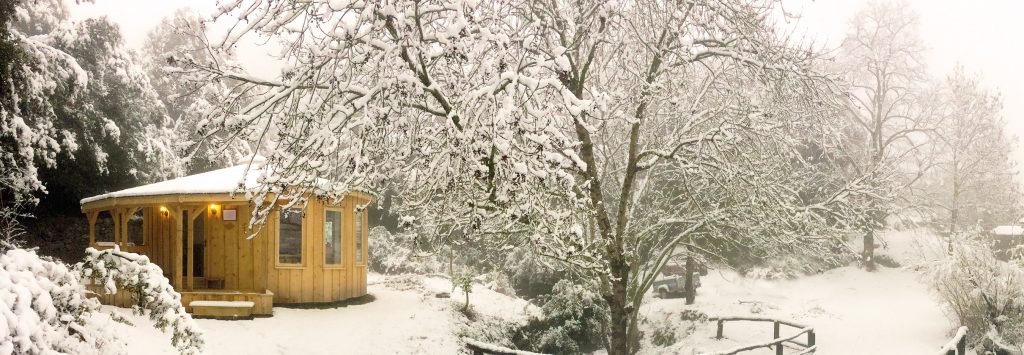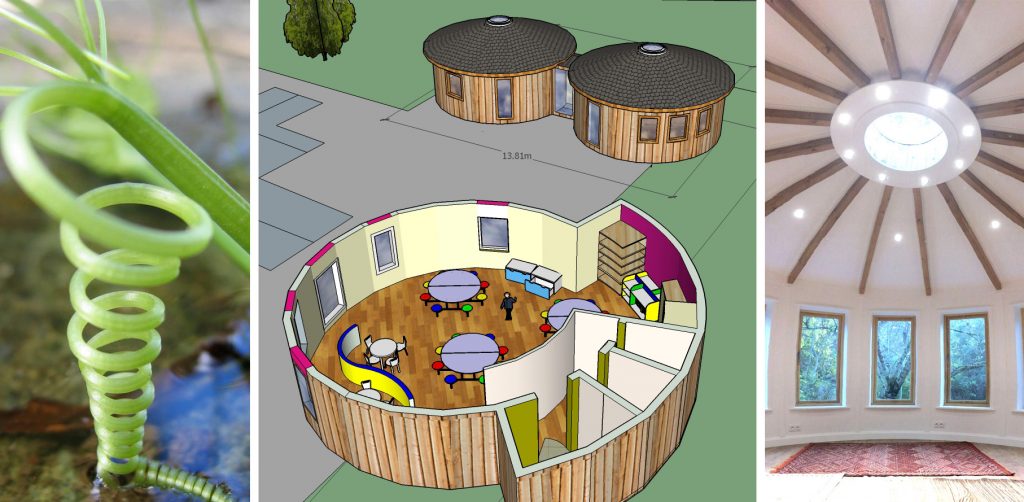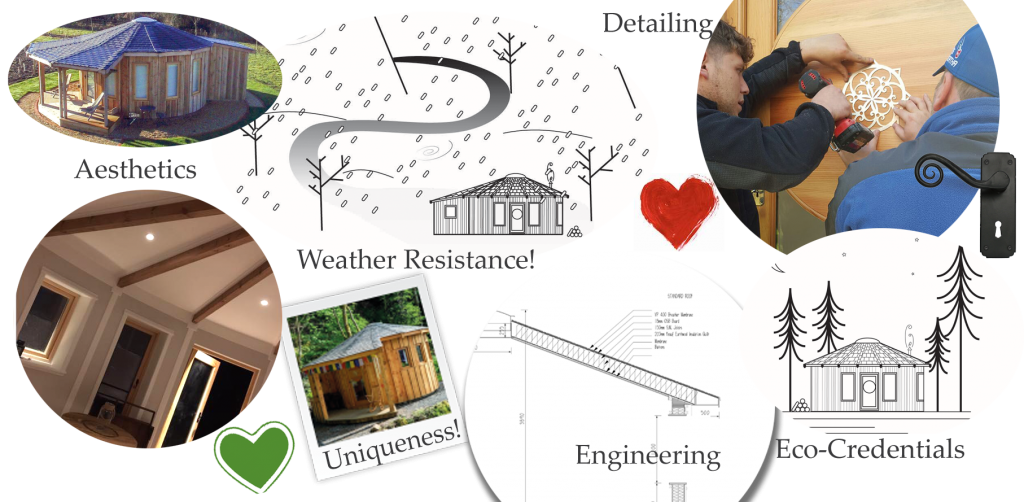Every building deprives a portion of the earth of sun, wind and rain and probably plant and animal life as well. It must redeem this sacrifice by the healing quality of its architecture.
-Rudolf Steiner A recent study from Salford University found that the construction and decoration of classrooms had a significant impact on reading, writing and maths. Professor Barrett who led the research told the BBC: “Individual classroom design played a much bigger role than whole-school factors, such as size, navigation routes, specialist facilities and play areas. In a primary school a child’s classroom is their world. So when you are designing a school, you have to make sure each and every classroom works.”
Of course, it doesn’t take a rocket scientist to work out that children thrive in a supported, inclusive and welcoming modular building or classroom environment and classrooms have been a hot topic for debate at the Rotunda HQ for many years now.
We repeatedly ask ourselves:
Why aren’t classrooms designed by mothers, child psychologists and teachers? Should this not be the primary focus for modular building manufacturers in the UK?
Do our children deserve to be placed in an unimaginative box (how does this affect their subconscious long-term?) and how can classrooms be designed to enhance learning and inclusivity?
Every species on this PLANET (Earth!) lives in a nest, den or burrow. None of these are square, neither are they rectangular. A birds nest is circular, this is the most efficient shape in nature. Why are we hell-bent on doing the opposite to every other living creature?
Why are modular classroom buildings for schools designed for functionality foremost but form and psychology aren’t adequately addressed? Is there an alternative?
Could the feeling of a space affect the childs’ capacity for learning?
How much does natural light play in the role of creating the optimum learning environment?
Yes, we are biased. But we know our buildings; and we know how they light up faces of all who spend time using them.
We’ve seen the delighted faces of children as they rush in through the door and gaze up in awe at the clouds drifting past the double glazed roof light dome.
We’ve taken note of the comments from the healers, artists, musicians, teachers, nursery owners and rural hoteliers who’ve experienced the wonderfully intangible but indisputible magic of the ‘Rotunda’ for themselves and returned back to us with unassailable passion for the building which supports them in ways they never imagined could be possible.
We’ve spent almost a decade researching, communicating, designing, connecting to and living in the world of circular buildings and the further we delve into the innumerable benefits of these nurturing little buildings the more we fall in love with them. Aesthetically, holistically and of course, for the sheer practicality and engineering which goes into these beautifully crafted modular roundhouses.
If you’re interested in this subject and would like to delve a little deeper into how you can improve your classrooms, a copy of the research paper written by Salford university can be found here: http://www.salford.ac.uk/news/articles/2015/well-designed-classrooms-can-boost-learning-progress-in-primary-school-pupils-by-up-to-16-in-a-single-year,-research-reveals
And our website page dedicated to the subject of school classrooms is here: https://www.rotunda.co.uk/garden-room-sizes/buildings-for-schools/
Please do feel free to drop us a line if you fancy chatting with us on this topic; because although we know for certain that the Roundhouse is the *absolute* best modular environment available to schools for use as classrooms in the UK at the moment we are always looking for ideas and feedback as to how we could further improve this building to suit your School or nursery!
Until next time….!!!
From all at Rotunda x
Copyright © Rotunda Eco Build Ltd.









